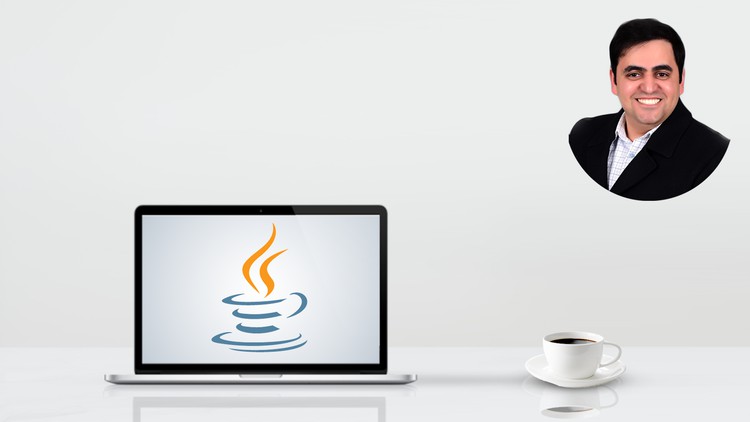
JEE Architecture and Technologies, Servlet, JSP, JSTL, MVC, Maven, MVC, JDBC, MySql, HTML, CSS, JS and (Spring vs JEE)
What you will learn
Understanding Web Development Concepts
Understanding JEE Architecture and Technologies
Walkthrough on Java Web Frameworks and Technologies
Go through all Servlet Topics with examples
Go through all JSP Topics with examples
Building an MVC JEE Application with JSP, Servlets and JDBC
Connecting to MySQL DB using JDBC
Learning the Apache Maven as a build tool
Working with scripting languages : HTML, CSS, JS and AngularJS
MVC Design Pattern (how you can architect your Application)
Understanding JavaBeans Concept
Set up your JEE development environment with JAVA-8, Tomcat-9 and STS IDE
Learn how to use the JSP Standard Tag Library (JSTL) to minimize scriptlet code
Install MySql DB and Import DB scripts
Description
JEE applications are the Java programs that run on the Java-enabled web server or application server. They are used to handle the request obtained from the webserver, process the request, produce the response, then send a response back to the webserver
Today we all are aware of the need of creating dynamic web pages i.e the ones which have the capability to change the site contents according to the time or are able to generate the contents according to the request received by the client.
In this course we will learn following topics :
Introduction to Web Development :
1- JEE Architecture
2- JEE History and Technologies.
3- Web Application, Web Components and Web Container
4- Static Web Application.
5- JEE Application Development and Deployment Steps
6- Dynamic Web Application.
7 -Web Application Archive (*.WAR)
8- HTTP URL
9- Configuring Web Application Archive (*.WAR)
Servlet Programming (Part 1):
1- Agenda
2- Servlet in big picture of J2EE
3- Servlet Request & Response models
4- Servlet Life Cycle
5- Servlet Scope Objects
6- ServletContext
7- Servlet Session
8- HttpServletRequest
9- HttpServletResponse Status, Header, Body
10- Error Handling
Servlet Programming (Part 2):
1- Including and forwarding Requests
2- Redirecting to other web resources
3- Servlet Filter
4- Servlet Listeners
5- Session Tracking
6- Servlet 3.
JSP Programming (Part 1):
1- What is JSP.
2- JSP Elements.
3- JSP Static Elements.
4- JSP Expressions Elements.
5- JSP Scriptlets Elements.
JSP Programming (Part 2):
1- JSP Actions.
2- JSP Standard Actions.
3- JSP JSTL Actions.
Build JEE CRUD Application using : Servlet JSP, JSTL, MySql, Maven, JDBC, HTML, CSS and Bootstrap :
Part 1 :
1- Installing MySQL.
2- Install Apache Maven.
3- Setup Employee Database.
Part 2 :
4- MVC Pattern and Application Architecture.
5- Build Employee-CRUD Application.
6- Bootstrapping Employee-CRUD Application.
Content